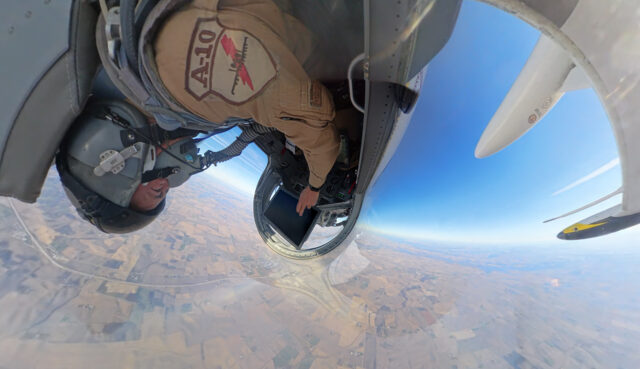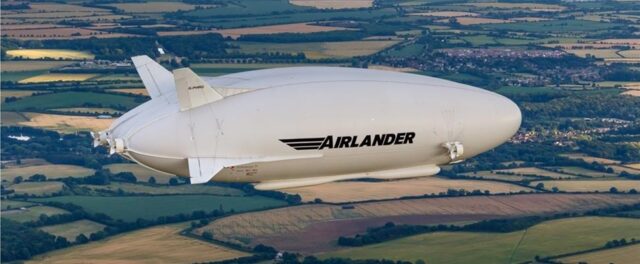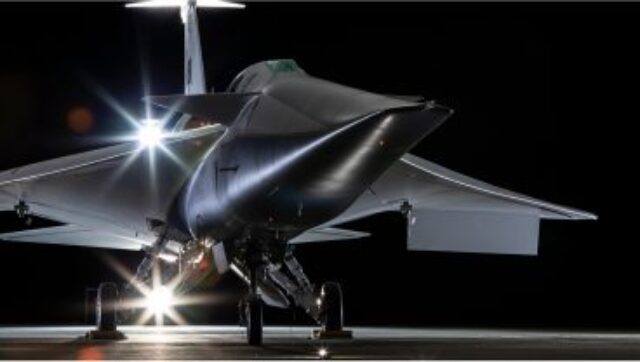Aviation sector set to thrive in 2023 with Asia driving passenger growth
Image: Andy Cronin, CEO of Avolon
Global aviation traffic looks set to reach pre-pandemic levels by June, this is according to aircraft leasing company Avolon.
After a 70% recovery in…

Image: Andy Cronin, CEO of Avolon
Global aviation traffic looks set to reach pre-pandemic levels by June, this is according to aircraft leasing company Avolon.
After a 70% recovery in passenger traffic last year led by recovery in Europe and North America, Asia will drive growth in 2023, helped by the recent reopening in China. For every two seats of airline capacity added in the world today one is in Asia.
The traffic recovery brought the sector back to the brink of profitability in 2022, after combined sector losses of $180bn in 2020 and 2021. A profit of c.$4.7bn is forecast for 2023 as recovery continues.
Key findings from Avolon include:
Airlines: Airlines’ financial recovery is ahead of their capacity recovery: while air traffic is still 25% below 2019 levels, revenues are just 13% lower as airlines flex their pricing power and raise fares. Demand for travel is no longer the constraint to recovery, but airlines’ capacity to put planes in the air.
Manufacturers: Delivery delays have become endemic and an aircraft shortage is emerging given the lost production of 2,400 planes that had been planned but were not built due to the pandemic. As traffic flows rebound, the absence of new aircraft is increasing supply tension, supporting long-term residual values.
Lessors: Airlines have shrunk their owned fleets by 3% since 2019, whereas lessors have grown theirs by 17% and now manage 53% of the global passenger fleet by value. Aviation markets are adjusting to higher interest rates, and lease rates are increasing, creating opportunities for well capitalised investment grade lessors.
Sustainability: Aviation needs to make greater progress addressing concerns about its long-term environmental impact. Sustainable Aviation Fuel (SAF) production tripled in 2022 but still represents only 1% of the amount hoped to be produced in 2030. Lifting SAF production to 10% of jet fuels will require $250 billion in investment and collaboration between all industry stakeholders.
Aviation demonstrates its resilience
Andy Cronin, CEO of Avolon said: “Aviation has demonstrated its resilience and is ready to thrive having come through a pandemic-driven two-thirds drop in traffic. Airlines, manufacturers, and lessors share an ecosystem that creates opportunities for all but requires collaboration to overcome key challenges including a higher interest rate environment, limited aircraft availability and the need to make further progress on decarbonisation goals.”
“The rebound in 2022 is set to continue in 2023, with China’s reopening helping to drive global traffic levels to pre-pandemic levels by June. Airlines are enjoying higher fares and load factors, and manufacturers are under pressure to ramp up production quicker. Whilst geopolitical and macroeconomic risks remain, this is a positive environment for lessors as supply constraints drive higher lease rates and increase the value of order books.”
Subscribe to the FINN weekly newsletter
















